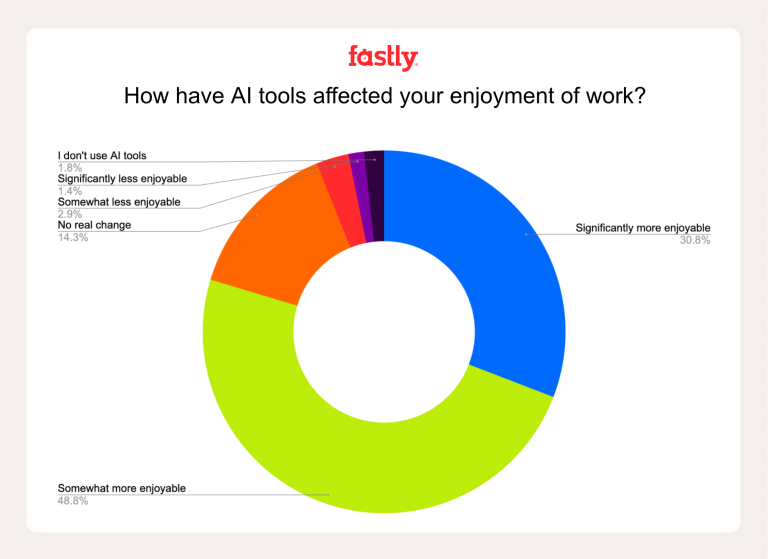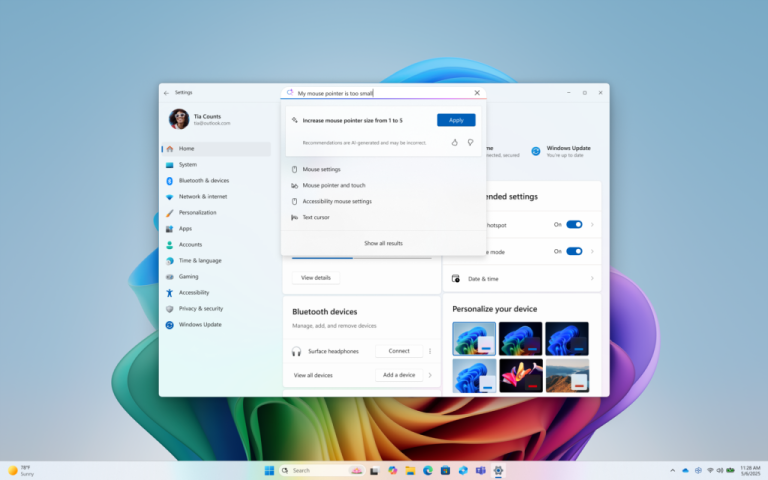VPNs are the only thing that comes to our mind when we listen to words like “security” and “privacy.”
Yes, even free VPNs for PCs help customers build awareness about cybersecurity and take steps to prevent the same. If you’re in places like Canada, you can easily check out the best VPNs for Canada in 2021.
VPNs can serve a few more processes. A cybersecurity posture is a system that can triple X your security methods in your organization.
Let’s explore more about Cybersecurity posture.
What is Cybersecurity Posture?
Cybersecurity posture is a strategy that protects an organization’s overall security of systems such as hardware data from cyber threats. It mainly includes security policies used in employee training programs or workplaces, even from malware to anti-virus. People and enterprises use this method to guard their data against illegal access.
It’s more than just a simple firewall. Since it collects your software and hardware, networks, and information security status. A robust cybersecurity strategy can achieve good security and prevents your organization’s sensitive data from malicious attacks.
It is designed for a holistic approach. It examines and assesses the risk from where it is introduced through suppliers or partners. This includes risks like ransomware, spam and malware attacks, and DoS and DDoS attacks.
Each of these attacks represents a different type of risk. They can be harmful financially.
Cybersecurity posture acts more like a cyber resilience for the future. And there’s a huge difference between cybersecurity and cyberthreats.
That’s the reason your business needs cyber posture to evaluate your current security system and upgrade it for future protection.
How to Evaluate Cybersecurity Posture?
As per HBR, Cybercrime will require businesses $10.5 trillion annually in the form of investment by 2025.
While these stats show that cybersecurity is going to explode in future years. It’s good to discover how you can implement a cyber security posture strategy in the best way.
So here are few ways to evaluate cybersecurity posture and then implement it:
- Step1: Ask questions to determine your organization’s needs, objectives and goals. This will help you understand the data you have and assess your security posture:
- What data do we collect?
- Where are we storing this data?
- What information do we need from this assessment?
- How do we guard and document the data?
- How long do we keep data?
- The purpose of the assessment
- The scope of the assessment
- How much risk can we take?
Asking these questions will help you get clear on your goals.
- Step2: The next step is to focus on your organization. It’s vulnerabilities and threats. It is crucial to list down your assets from weak to the most vulnerable risk and implement strategies that can reduce the risk.
It can include vulnerabilities like your organization’s shared passwords, phishing, encryption issues. If you can observe all the threats that are affecting your organization or workplace, it will help you prioritize your business criticality.
- Step3: The last step is to mitigate controls and expand your cybersecurity posture beyond the software or IT department. It’s best to look at your current security tools like firewalls, or anti-phishing systems, that reduce cyber breaches or certain threats on vulnerabilities.
This can help you get an accurate picture of what your cybersecurity posture needs.
Ways to Improve Your Cybersecurity Posture
As per Forbes, cybersecurity expenditure is going to reach $123B in 2020. This explains that people are looking for more ways to improve their cyber security and protect their organization’s data.
But ever thought about how VPN can support your cybersecurity posture? Let’s explore a few ways VPN can improve your cybersecurity posture strategy.
- Encryption and Security Protocols
A VPN works like a protection shield for your data. You’re able to hide your IP address and location, thanks to your VPN’s encryption system.
It creates a safe tunnel between your organization’s data and internet servers. So that your data goes through all the security protocols. It is encrypted throughout this process so that no one can understand your data or hack it for illegal purposes.
- Reduces Threats
To take complete control over your applications across corporate data centers, use a good VPN service. It can help you manage all your data and assets from any location. The best part is that it allows your new employees to access resources and technology from various locations and devices. This increases mobility and flexibility for your organization.
- Kill Switch
A VPN will elevate your cyber security posture if it can ensure that no one intercepts your traffic in any illegal way. It does this with the help of the kill switch feature.
It doesn’t matter whether it’s your incorrect login details entered, issues with your server, or something else. If your internet connection is off, your data will remain protected.
Conclusion
It becomes crucial to protect your data when you’re growing as an organization. A good cyber posture strategy will help you to run your ideas more securely.
It’s best to take the best measures for your organization’s data and choose your cybersecurity strategy before starting another campaign or worrying about customer satisfaction.
Take care of your sensitive data, and your business will take care of itself.
In the realm of cyber fortification, the salience of adaptive authentication, coupled with Multi-Factor Authentication (MFA) cannot be overstated. These tools magnify the robustness of digital defence mechanisms through the application of variegated validation techniques and the tailoring of the authentication journey to align with the risk quotient inherent in a particular user interaction or transactional event.
Shifting our gaze, Just-In-Time (JIT) privilege access coalesces with the doctrine of minimal privilege to form the bedrock of a formidable cybersecurity stance. JIT access is a strategic measure that provisionally endows privileged accounts with the requisite permissions, contingent on necessity and temporality. This judicious regulation curtails opportunities for privilege misappropriation and malevolent exploitation.
The principle of least privilege, a paradigm advocating for the allocation of only the most essential permissions to users for task completion, instates a further barricade against potential harm. In the event of an account compromise or an insider malefactor, the doctrine mitigates the extent of possible damage, thereby fortifying the overall security landscape.





